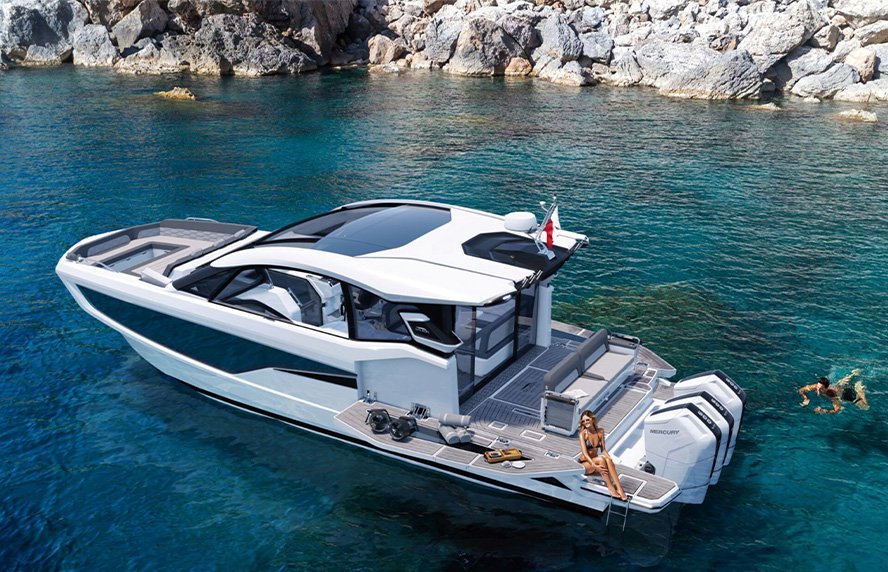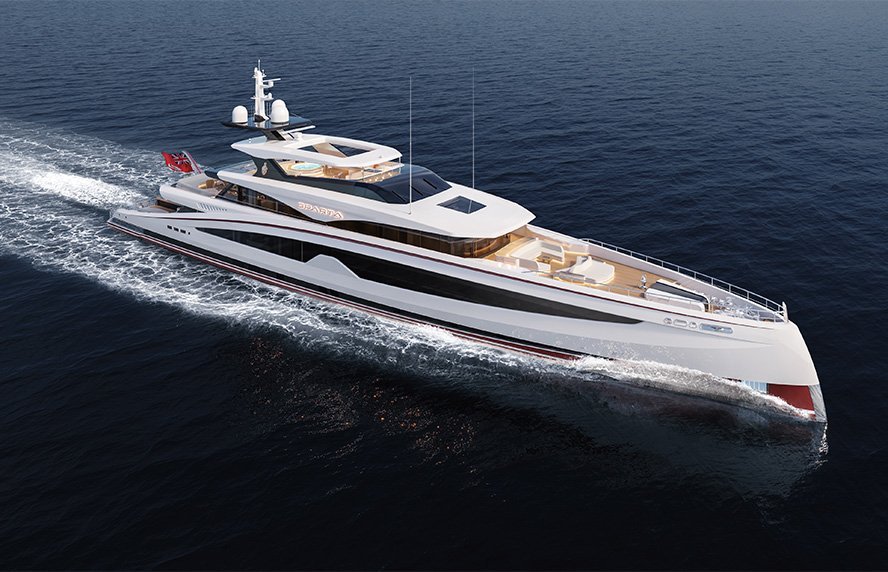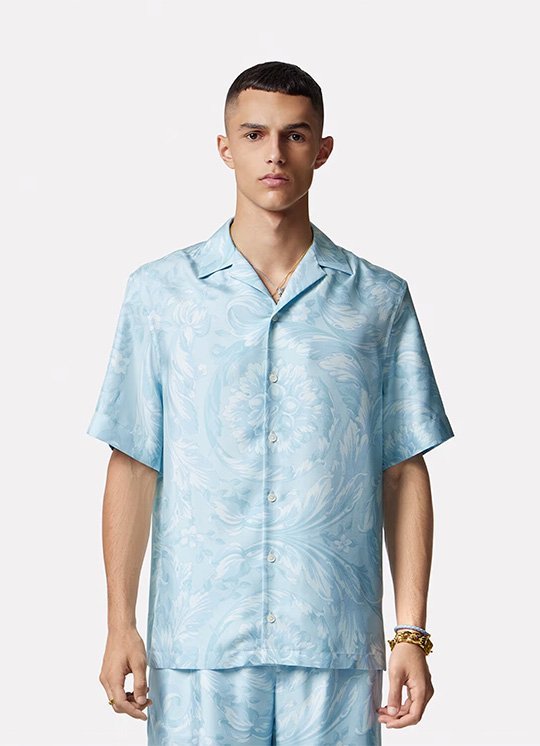What is the most important work so far and why?
It’s been amazing to see how Ibuku’s work has helped shift the idea of ‘sustainable’ design, and bamboo design especially, from the practical and obligatory toward the playful and elegant. A decade ago, bamboo was beginning to spark the imagination among a few pockets of innovators, but most of the world, if they thought of it at all, considered it a poor man’s timber, perhaps a potential eco-solution. Today bamboo is a proud and dynamic material in its own right, worthy of study and creative attention, attracting designers and engineers, who are open to new ways of thinking. We share what we are learning through online and in-person workshops, called Bamboo U, which also builds our international community. What bamboo has taught us in the studio is simply flexibility: that we are not necessarily at the centre of the universe. That there is richness and wonder to be had when we shift our own perspectives and see things in a new light.The spaces and structures we create soothe the hearts and spark the imaginations of the people spend their days there. They ground them in the natural world, and give them hope for the future. The spaces themselves are designed to inspire brilliant thoughts. What they are built from and how we consciously or subconsciously relate to that material strongly influences our emotional reaction. There’s a sense that if we, a small team designing in the jungle over the course of just a few years have been able to create castles out of grass, then what else is possible? I want people to realise and remember that a wonderful future is possible, and that it’s in our hands to create it. When people step into The Arc, or Sharma Springs for the first time, their eyes gaze high up, they lean back and their shoulders relax, and they light up with a sense of wonder. Spaces that provoke feeling capture people’s hearts, and motivate action.
In your opinion, could bamboo change the world?
Bamboo is the most elegant, efficient, fastest and abundantly growing material around. The rainforest is almost gone, plywood is mostly made from the rainforest and cement has a carbon load that the future can’t tolerate. Though building with bamboo is not new, engineers, architects and designers like us are able to invest the time and care in creating a new design vocabulary with bamboo, because natural treatment methods have turned bamboo into a credible, long lasting building material.
"Natural treatment methods have turned bamboo into a credible, long lasting building material”
How many bamboo works have you "designed”?
Though we now work with many materials, our first 200, or so, structures over our first 12 years as a practice were primarily built from bamboo. How we design at Ibuku grew out of the choice to use bamboo. In the absence of what you could call a tried-and-true vocabulary or even precedent of bamboo architecture, we had to invent our own rules, our own processes, our own systems. We learned to listen to the material and understand what the material wants to become in the world. Rather than aspiring for rare or scarce materials, bamboo lets us share and celebrate abundance.
Have you ever thought about taking an architecture course?
I love to study, and am constantly learning. We often wish we had a curriculum to guide us – but instead we must be the explorers, the adventurers. I would love to complement that with architectural study. I wonder how to do that while running a practice! I suspect that because I already work with talented qualified architects, I would be more tempted to formally study what I’ve been casually reading about: anthropology of home, the psychology of space, and how DNA is revealing human migration patterns that influence the identity of belonging.










